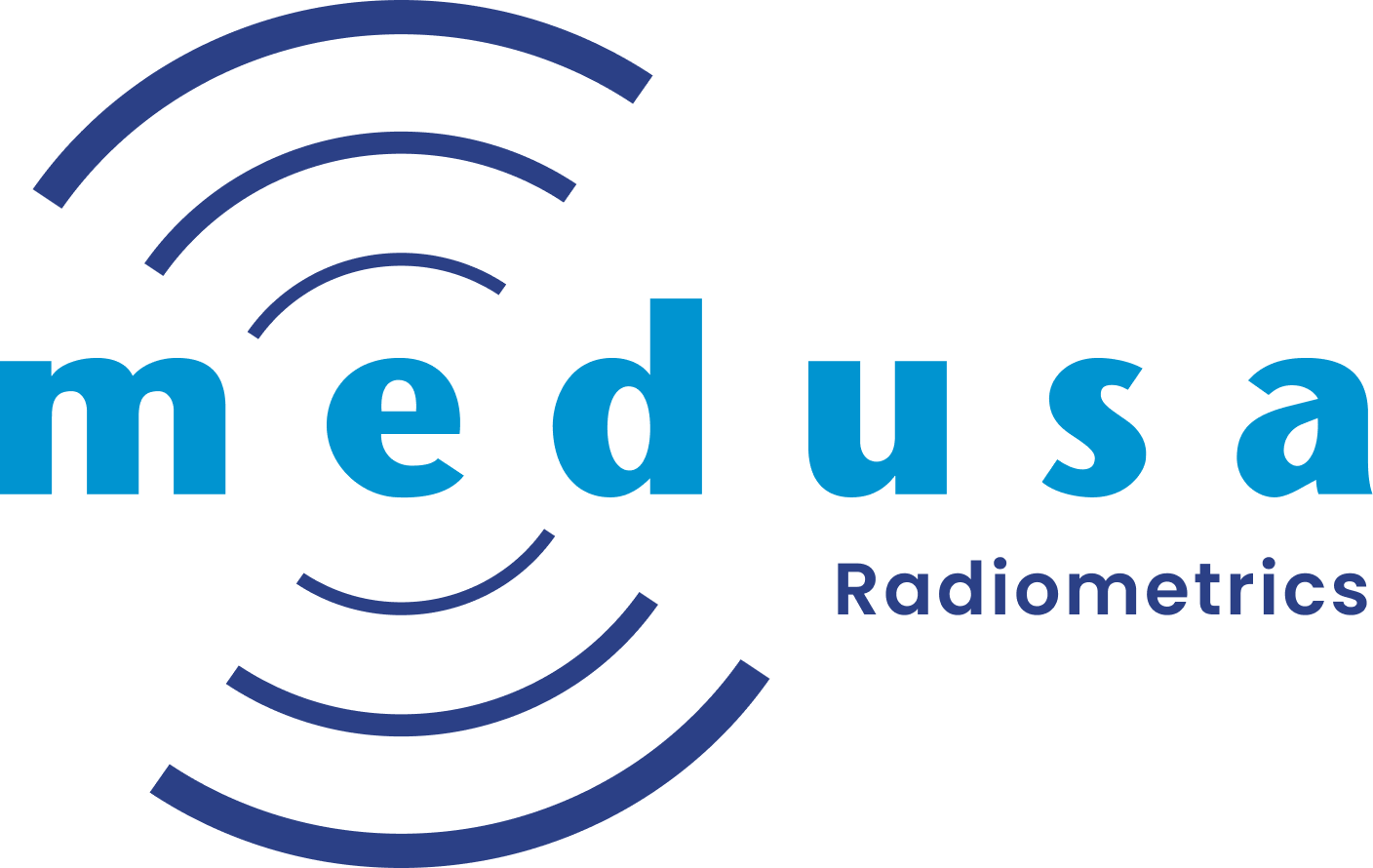3. Background Spectrum
The background spectrum can be defined as the spectrum which would be initially measured without taking into account the radiation originating from the target source. The background spectrum can consist of cosmic background radiation but also radiation from any type of object influencing the measurement, for example in an airborne measurement the airplane itself, equipment, salt water etcetera.
To filter the background radiation you can set a background spectrum. Gamman will ignore this background spectrum when calculating the concentration of the radio nuclides and give the correct values. Depending on the type of detector used, the detector will also radiate. This radiation is compensated by the standard spectra inside the calibration file.
3.1. Set the background spectrum
The background spectrum can be measured by blocking the target radiation, and making sure the background radiation will reach the detector. Measuring for a longer period of time will increase the accuracy of the background spectrum. You can insert the background spectrum after importing your dataset. This chapter will describe how to set, view, and clear the background spectrum.
Background spectrum
1. By default, no background spectrum is set. To set a new background spectrum, select the spectrum or spectra which represents your background from the data viewer table. If you select multiple spectra, Gamman will average the radio nuclide concentrations of the selected data points.
2. Select Calibration | Background editor to set the selected data points as the background spectrum. To do this, click on "Use selection". In the spectral view the background spectrum will be represented as a purple color.
3. The values shown in the fit results and in the processed data table will automatically be compensated with the background spectrum.
In the background editor, it is also possible to export a set background to use it in other gsf files. If you want to import a background, go to the background editor and click on "import". Then, select the desired background.
